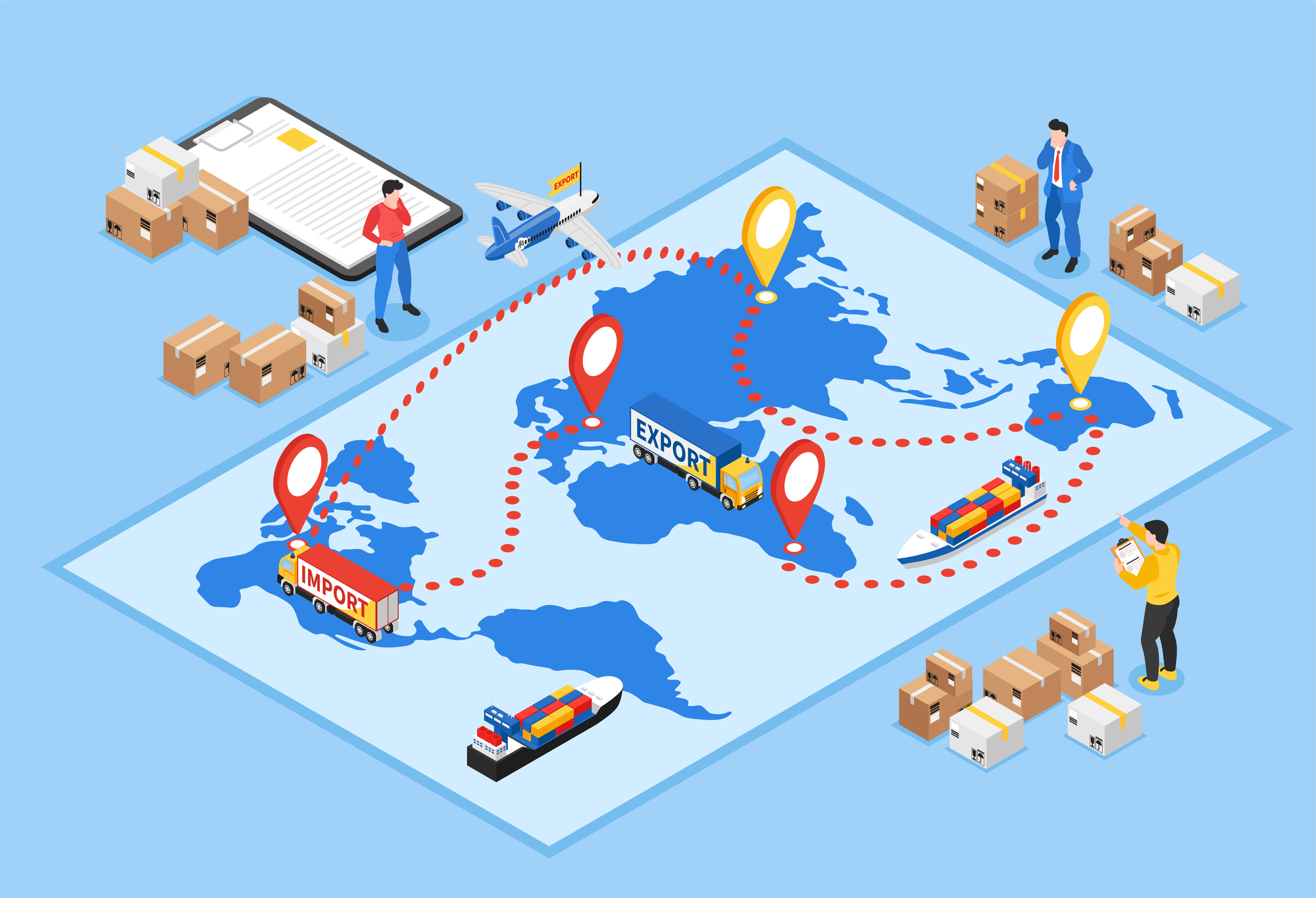By their nature, engineering firms are swimming in documents that must be revised, retained, stored, and audited. Firms trying to wade through these tasks using a traditional, paper-based engineering document management system can quickly find themselves in over their heads, due to:
- Space Constraints: As the volume of documents grows, so does the need for physical storage space. Engineering firms often find themselves grappling with the challenges of accommodating ever-increasing stacks of paper, leading to potential disorganization and escalating costs.
- Security Risks: Paper documents are inherently vulnerable to loss, damage, and theft. Unlike digital engineering document management, they cannot be encrypted or password-protected, leaving sensitive information exposed to unauthorized access.
- Limited Collaboration: Paper documents cannot be easily accessed or edited simultaneously by multiple contributors. This hinders effective communication and teamwork, introducing significant and unnecessary delays.
- Poor Quality: Keeping track of current document versions and manual data entry and form-filling can lead to human errors, compromising the accuracy of information and potentially causing costly mistakes that damage the firm’s reputation and profitability.
EDMS to the Rescue
Engineering document management software (EDMS) provides a centralized, digital platform for storing, organizing, tracking, and retrieving documents. This technology brings several compelling advantages that make it an essential tool for modern businesses.
Now more than ever, time is money. EDMS directly address the growing demand for increased efficiency and cost-saving solutions that streamline processes, reduces operational costs, and enhances overall efficiency:
- Productivity: Engineering document management software gives employees immediate access to the latest working versions of the documents they need without having to sift through stacks of paper or wall-to-wall filing cabinets. EDMS platforms enable simultaneous editing and real-time collaboration to speed project execution.
- Business Scaling: EDMS eliminates the need for physical storage space, reducing overhead costs and freeing up office space. As businesses grow and the volume of documents increases, the space-saving benefit of EDMS becomes even more pronounced.
- Security and Control: Digitized document management systems ensure that sensitive information is shielded from prying eyes. Moreover, the software keeps a detailed, paperless trail of all activities, ensuring accountability and facilitating regulatory compliance.
- Business Resilience: Digital files can be backed up regularly and restored quickly in case of data loss or ransomware attack. EDMS ensures business continuity even in the event of fire, water damage, or other circumstances that can destroy paper documents.
- Goodwill: Eliminating paper consumption establishes engineering firms as stewards for the environment. Customers, vendors, and employees increasingly vet the companies they associate with based on their values and commitment to the ecosystem and social justice.
- Cost Reduction: Digitizing a business’s engineering document management system involves an upfront cost but the long-term savings often prove substantial. Companies save on printers, toner, storage cabinets, and transportation costs.
Implementing an Engineering Document Management System
While transitioning from a paper-based system to EDMS may seem daunting, companies that partner with a reputable EDMS and logistics provider lock in the guidance they need to ensure a smooth transition. Each implementation is different, based on established workflow, company size, and other factors. A competent EDMS service provider can leverage its expertise to perform a variety of value-added tasks:
- Needs Assessment: Before embarking on the implementation journey, it is crucial to gain a comprehensive understanding of the company’s needs and the benefits it could attain from adopting an engineering document management system. This involves evaluating the firm’s current document management practices, identifying bottlenecks and inefficiencies, and defining the desired outcomes.
- Solution Selection: Step 1 will inform the decision on which engineering document management software provides the best business fit. After researching and evaluating top vendors’ platforms for scalability, ease of integration, user-friendliness, total cost of ownership, and customizability, the service provider can tailor an application that will deliver long-term value.
- Implementation Planning: The EDMS professional should develop a detailed plan for transitioning to digital document management with as little disruption to the company’s operations as possible. This plan should outline the project timeline, assign responsibilities, and establish milestones for all necessary tasks.
- Data Migration: This process can be time-consuming but is crucial for ensuring the integrity and accessibility of data in the new system. The selected partner should establish protocols for organizing, indexing, and transferring documents from legacy processes to the new EDMS.
- User Training: For an EDMS implementation to be successful, user adoption is paramount. The firm should allocate resources for comprehensive training programs to familiarize employees with the new system’s features and workflows. Effective training can mitigate resistance to change and ensure that users can leverage the full potential of the EDMS solution.
- Integration and Customization: In most cases, the EDMS will have to be aligned with other business applications such as project management tools, CAD software, and enterprise resource planning (ERP) systems. Some level of customization may also be required to align the EDMS with the firm’s particular processes and quality control provisions.
Conclusion
Maintaining a central, dynamic, cloud-based repository is essential to an efficient engineering document management system. SDI answers the challenge with Tech Vault, a professionally curated content library of each client’s latest service manuals, parts lists, training videos, and reference materials. Searchable via desktop and mobile devices, Tech Vault interfaces with SDI’s state-of-the-art digital supply chain management services through common taxonomy, shared data paths, and standard documentation.
See how it all comes together to consolidate your enterprise knowledge and keep your teams in the know as your business scales. Contact SDI for a consultation.





